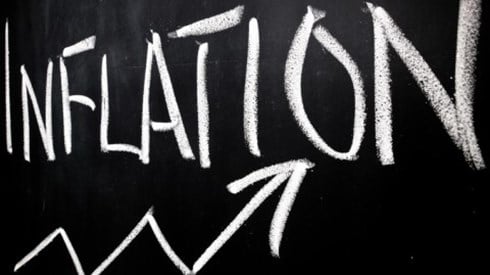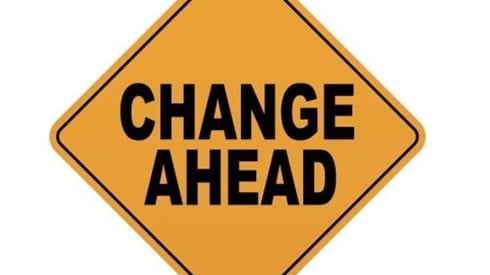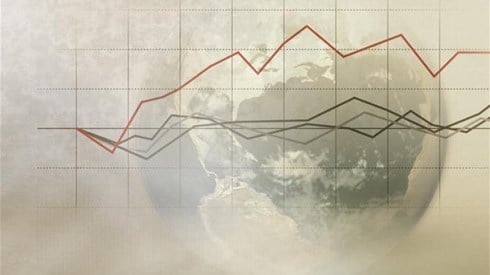Despite Relief in Some Lines, Hard Insurance Market Isn't over Yet

December 07, 2022

The second half of 2022 has offered commercial insurance buyers some relief in terms of improved market conditions, coverage, and capacity for many lines of business, according to Willis Towers Watson (WTW).
"This is not to suggest it is time to celebrate soft conditions, but it does mark demonstrable improvement in the market," WTW says in its new Insurance Marketplace Realities 2023 report.
Still, commercial property remains a significant holdout from that market improvement, the December 1, 2022, report notes. Commercial property is facing significant headwinds, WTW says, while the entire commercial insurance industry must be aware of the upward pressures several macro factors could have on rates.
The first of those factors is inflation, WTW says. In addition to the Consumer Price Index, inflation is also manifesting itself in wage inflation, medical inflation, and social inflation, all of which increase loss costs.
"On the property side, every buyer is challenged to accurately assess and present replacement cost values that go up as the cost of labor and materials goes up," the report says. Meanwhile, insurers must rebalance portfolios based on growing potential exposures.
Meanwhile, on the casualty side, "nuclear verdicts" driven by social inflation continue to drive up tort costs and, with them, claims costs. "But insurers have been dealing with these forces for some time now, and pricing adequacy is beginning to turn the market for buyers—rate reductions are possible and even approaching double digits in the best scenarios," the WTW report says.
In the commercial property market, however, property insurers appear more committed than ever to driving rates higher, not simply due to inflation but because of the growing number of loss events caused by extreme weather events. In that environment, the second macro factor pressuring rates is Hurricane Ian, WTW says.
"In addition to the personal tragedies that resulted from the punishing landfall, this was a big, albeit unique, loss event," the report says. "While ultimate economic costs will take some time to play out, there is no doubt that Ian losses lean heavier on the personal lines side than the commercial side. However, the commercial response has been swift and dramatic."
While primary insurers are making immediate adjustments to their catastrophe capacity and rates, reinsurers are signaling tough renewal conditions in 2023, which would exacerbate existing rate and structural pressures, WTW says.
"Whatever the fallout from the 2022 hurricane season, natural catastrophes loom large for our industry," the report says. "Wildfire, not high on our lists 10 years ago, remains on our lists now. Extreme weather of all kinds strikes in places where we haven't seen it before, and places we've seen it all too often."
The WTW report offers 2023 predictions for a number of commercial insurance coverage lines.
- General liability. WTW projects 2023 general liability rates ranging from a 3 percent decrease to a 5 percent increase. "Those with exposures materially impacted by inflation may find more flexible rate outcomes," the report says.
- Automobile liability. Rate increases for auto liability could range from 5 percent to 10 percent, WTW says. Among the factors affecting the commercial auto market are large auto verdicts, with a 300 percent increase over 7 years in trucking claims.
- Workers compensation. Workers compensation rates are projected to range from a 5 percent decrease to a 2 percent increase in 2023, WTW says. The report notes that workers compensation insurers have experienced a profitable combined ratio for 8 consecutive years.
- Umbrella liability. High hazard or challenged risks are expected to see rate increases of less than 15 percent in the year ahead, while low or moderate hazard risks will see increases of less than 7.5 percent, according to WTW. After peaking in 2020/21, pricing adequacy has attracted greater global capacity for umbrella liability, WTW says.
- Excess liability. High hazard or challenged classes of business will face rate increases of less than 5 percent in 2023, WTW says, while low or moderate hazard risks will see rate changes ranging from a 5 percent decrease to a 5 percent increase. "Even with improving capacity, the industry still faces the impact of nuclear verdicts, catastrophic liability losses, and the expansion of litigation funding," WTW says.
- Cyber. WTW's forecast sees 2023 cyber-rate changes ranging from flat to a 25 percent increase. An increase in competition among cyber underwriters eager to write new business following adjustments of cyber rates has led to more nominal rate increases for organizations that can demonstrate good cyber-risk controls, WTW says.
- Directors and officers (D&O). Public companies can expect primary D&O rates at 2023 renewals to range from a 7.5 percent decrease to a 2.5 percent increase, WTW says, while rates for excess D&O coverage for public companies will range from a 15 percent decrease to flat. Private and not-for-profit organizations can expect overall rates to range from a 10 percent decrease to a 7.5 percent increase. Broader D&O market conditions have improved since the peak of the hard market during the third quarter of 2020, WTW says.
- Terrorism and political violence. Rates for terrorism and sabotage coverage will see increases ranging from 10 percent to 40 percent in 2023, WTW says. Rates for political violence coverage will see increases ranging from 20 percent to 45 percent. "The crisis in Ukraine has added another dynamic to a marketplace already in turmoil from the lingering effects of the pandemic and global economic instability," WTW says. "Captive insurance vehicles continue to provide access to otherwise unavailable or uncompetitive capacity for terrorism risk."
- Surety. Surety rates are expected to remain flat in 2023, WTW says. Surety insurers experienced stable loss ratios in 2022, WTW says, and there is excellent capacity in the market with multiple new entrants.
- Property. Catastrophe-exposed property will see rate increases of 15 percent to 25 percent in 2023, WTW says, while catastrophe-free properties will see increases of 10 percent to 15 percent. "Premium increases for most insureds will be driven by inflationary construction costs, heightened reinsurance pressures, and possible catastrophe capacity constriction, while valuation of assets will be the key topic of conversation in 2023," WTW says.
"So, while the grip of the hard market is loosening, buyers are not yet free from it," the report says. "There are opportunities in the marketplace, which puts an increasing emphasis on the importance of analyzing and understanding your risks and being prepared to present them clearly and effectively to underwriters."
December 07, 2022










